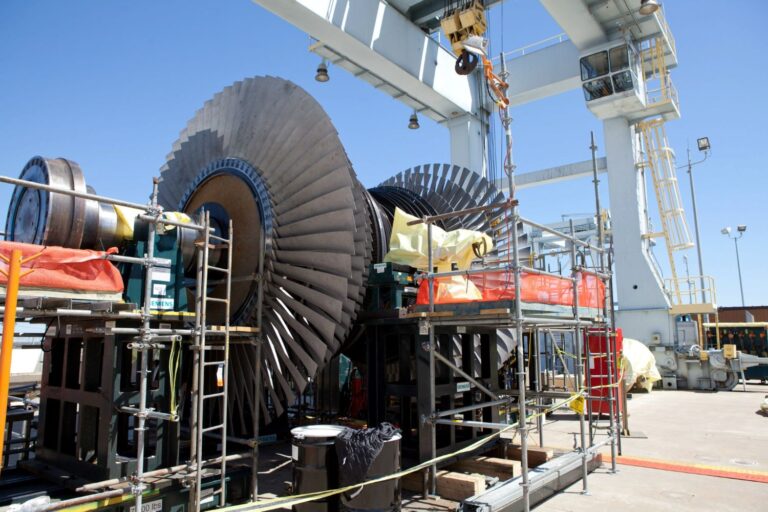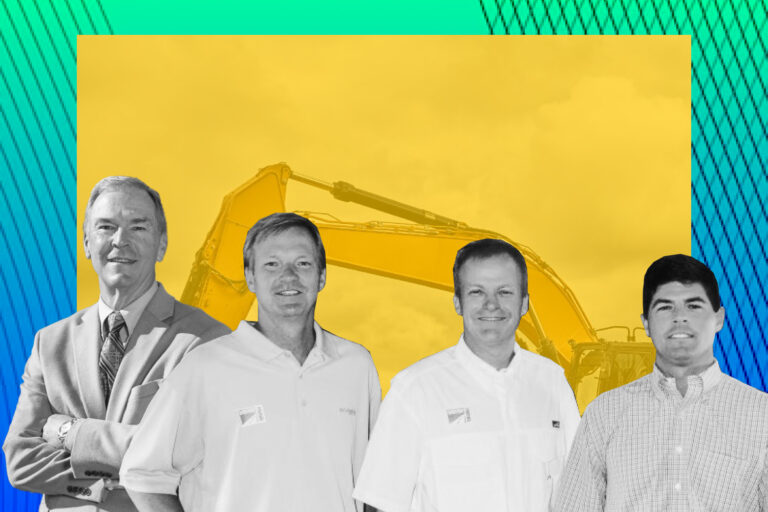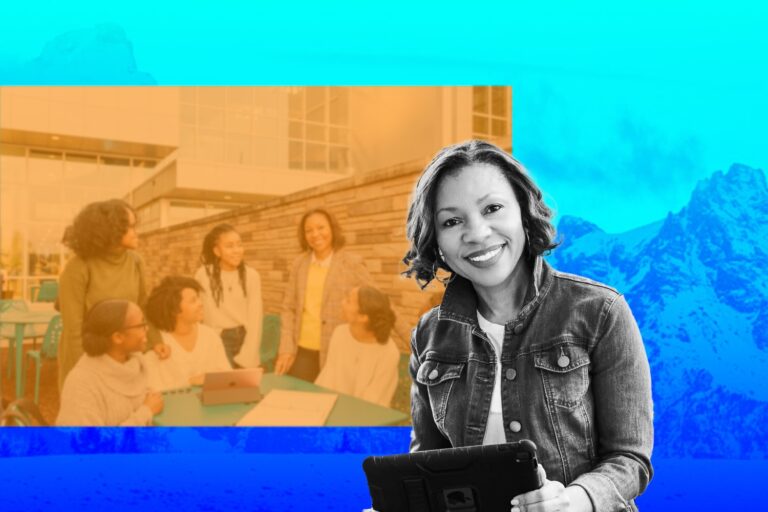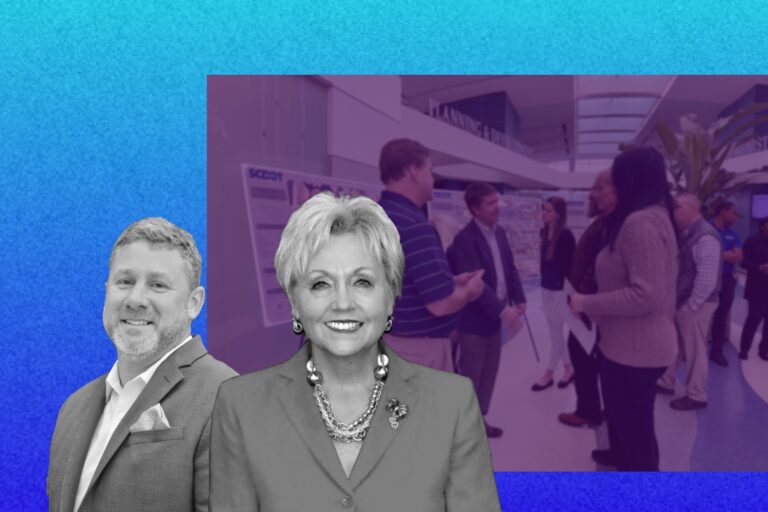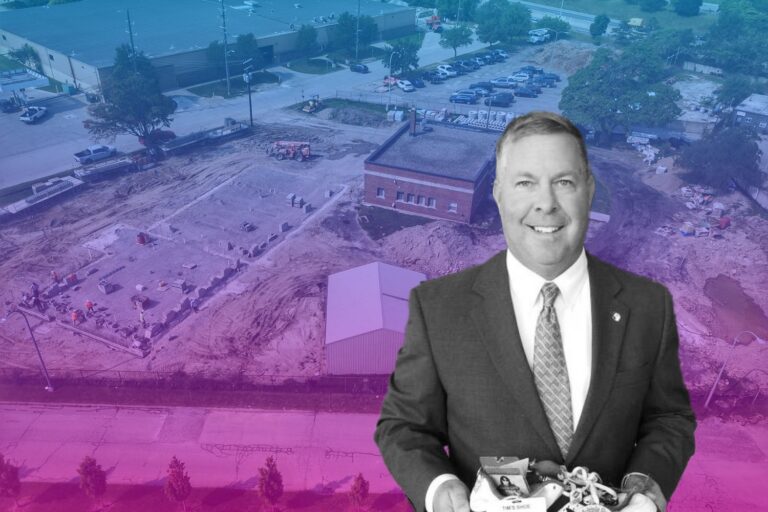CallisonRTKL’s Philosophy and Its Ongoing Story on Optimizing the Operation
In 2015, the Seattle-based Callison and Baltimore-based RTKL, two planning and design firms ranked as Interior Design 2015 Giants had officially joined forces as CallisonRTKL (both companies were previously acquired by the Netherlands-based Arcadis, a leading global design firm and consultancy). The merger’s chief goals were to expand the firm’s footprint, allow for increased depth of services, and better meet both market and client demands.
“With CallisonRTKL now combined under Arcadis, we are well on our way to redefining the global architecture, design, and planning consultancy,” said Lance Josal, FAIA, president and CEO of CallisonRTKL. “But it’s not size that sets us apart, it’s the fresh thinking, bold ideas, and new ways of solving problems that really make us a top player.”
Under the leadership of Norm Garden FAIA, NCARB, LEED AP BD+C for the firm’s commercial practice group and Eric Lagerberg AIA, LEED AP, NCARB for the retail practice group, CallisonRTKL is continuing to increase its global footprint.
“10-Minute Chair” Philosophy and How CallisonRTKL Puts Clients on Center
At CallisonRTKL, they have this philosophy — never have a 10-minute chair for a three-hour discussion. If you start to twitch after 10 minutes, it’s because the chair isn’t comfortable.
“In an office environment or conference space, the seating you pick, the finishings, the fixtures, matter a lot because you are telling people subconsciously how long you want them in your space. If you have a lounge space with hard chairs, you want people to leave as soon as possible.” – Kelly M. Farrell, president, and chief executive officer of CallisonRTKL, the global architectural, planning and design firm, muses.
CallisonRTKL, which has 20 offices around the world involved in large-scale and mixed-use developments, also lists Neiman Marcus, Nike, Nordstrom, Burberry, Cartier, Louis Vuitton, and Cotopaxi among its clients.
So, what matters in designing retail settings? In CallisonRTKL, it’s about creating space that’s interactional versus transactional, sustainable, and flexible that enables shoppers to relax rather than feeling frustrated searching for something or waiting on checkout lines.
“If you go to a store for a reason other than to shop, there’s a good chance you buy something anyway,” said Farrell. “It’s natural. You start to think the whole experience is really good.”
Optimize the Space First
In order to help department stores to improve their clients’ experience, CallisonRTKL suggested creating specialized shopping areas, lounges, additional food and beverage offerings, Instagram moments, “bandwidth” in the offering, programming that gets consumers to visit more often, one-on-one shopper assistance to guide shoppers through the morass of merchandise, and greater curation of product. “Less is more, but selection matters,” Farrell said.
“A smart retailer,” she added, “provides you with a place to linger and wander, and that equals a sale, generally speaking. Or you may have consumers in a hurry who want to get what they need and get out. A really smart company provides both opportunities.”
“Across all of our retail clients we are going away from transactional moments to real interaction,” said Farrell. “You will see it in projects where we are incorporating space for community activities,”

For example, for Bohme in Salt Lake City, CallisonRTKL created a 5,300-square-foot prototype inspired by a loft with natural materials for warmth, texture, and a feminine look. There are areas segmenting the merchandising by work, travel, live and play themes, and fixtures and furnishings that can be moved for community events. It’s about flexibility in design and having stores that aren’t simply selling things.
With ABC-Mart Grand Stage, a sneaker and athletic apparel chain in Japan, Taiwan and Korea, CallisonRTKL transformed the setting by creating a “center stage” for showcasing brands, lifestyle inspiration and innovative products; feature walls lining the perimeter for brands, and a “backstage” with a click-and-collect area, digital lockers to pick up items purchased online and a “Kick Pics” booth featuring a mirrored ceiling and localized graphics for trying on footwear and sharing photos of styles on social media.
For Ponce Bank in New York, CallisonRTKL created a mockup or “lab” space next to the Harlem branch for testing and iterating the interior design, service features and digital systems, and for allowing changes to be made quickly based on customer feedback. After the mockup went live, it became apparent that customers could be helped by any employee virtually anywhere in the bank, given the right tools, space and training.
“We were able to redesign the interactions based on real-time reactions,” explained Farrell. “A cash transaction needs a certain amount of security, but most other transactions need to be more one-on-one and personal.” Customers said they preferred if certain bank employees weren’t behind six inches of glass and wanted alternatives to lining up before meeting a bank associate. The Ponce lab eventually opened up as a fully functional bank and the format is being rolled out across the bank’s network.
Focus on Clients’ Clients is The Key
For CallisonRTKL, it’s about taking on challenging opportunities that really affect people. It wants to create spaces that when clients come out of them, they are happier and feel better, so they want to go back.
“We focus on our clients’ clients. If I can make your day better when you go to work because we have designed an office space that lets in more light, helps you connect with nature more, allows you to relax, then we are doing our job.” – said Farrell
Before “putting pen to paper,” there are months of research, data analysis, focus groups and interviews with customers and clients, to determine the “value graphics” instead of just the demographics, she added. CallisonRTKL has an extensive design vocabulary and it’s best to let that rise based on what its clients see and on what it considers the appropriate solution to be.
Like the products being sold, store design should be sustainable, Farrell suggested. “When we put beautiful case goods in, amazing floors, finishes, walls, can we design in a way they can all be taken down and given to someone else or reused in a different capacity? With materials, we’re getting smarter. We’re seeing them more engineered in composites. The durability is fantastic. But we want to make sure it’s not wasted. That it can be resold or (incorporated) into another product. We are not seeing a limit on materials. What we are seeing is the smarter use and application of materials.”
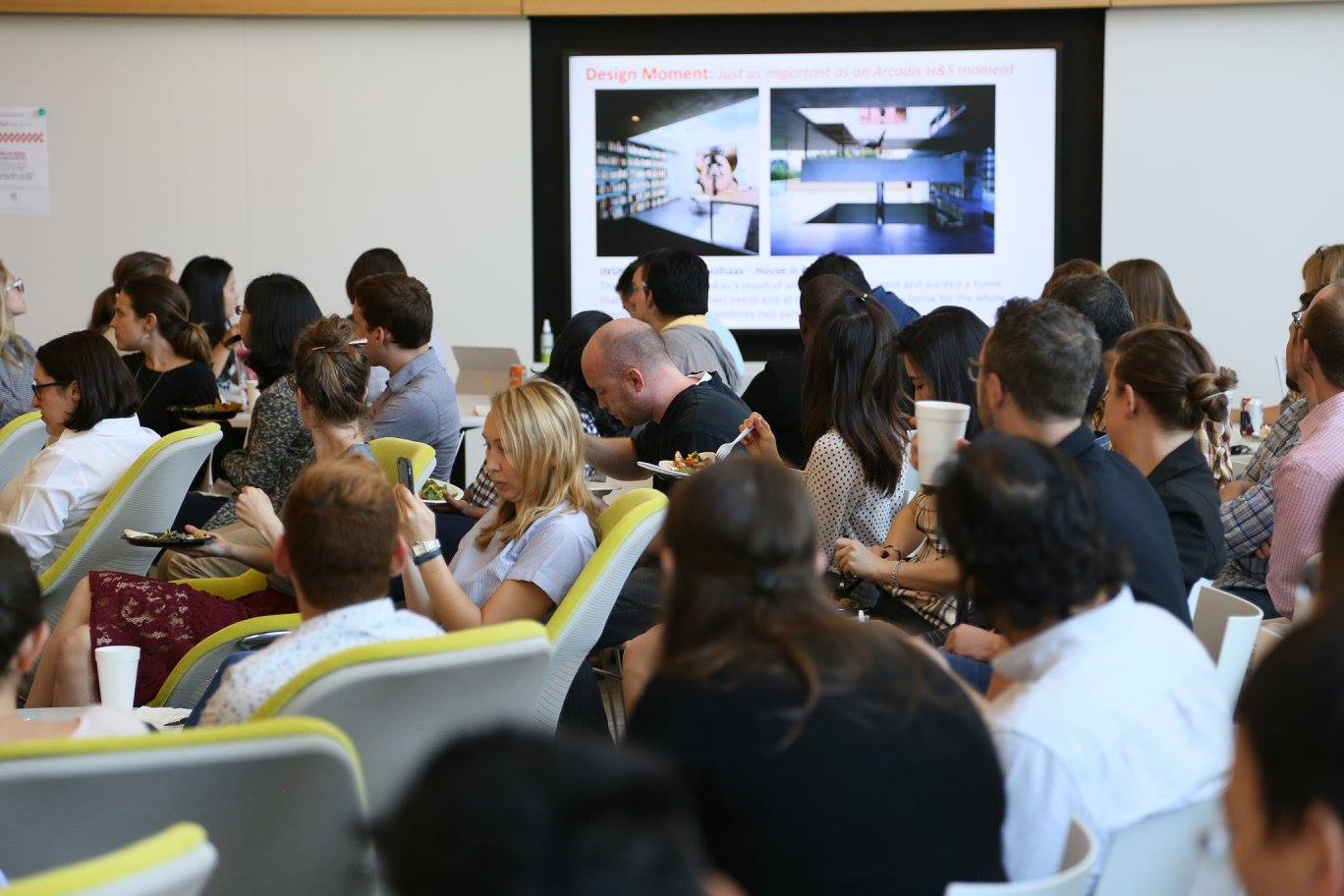
Also, “The ability to take how things work in one market sector and bring it to another has never been more important,” said Farrell. “Our health-care clients want to act more like our retail clients. Our office clients want to know more from our residential clients. Look what’s going on in coworking spaces. We have some great coworking clients. They don’t look like office spaces. They look like brilliant lounges though the people there are doing gobs and gobs of business. People don’t want to hang out at a desk all day. They want to hang out in a comfortable environment where they can surround themselves by the right people and have the right conversations. They get an incredible amount of work done and they do it in an environment that feels more natural.”
Key Components for Future Workplace
With employees in the region having faced radically different circumstances following the outbreak of COVID-19, the opportunity to leverage digital solutions in the workplace has never been more abundant. As so many employers having to suddenly create flexible working solutions due to the pandemic, workplaces have significant opportunity to see the integration of technology into their day-to-day operations.
Although fueled by new technology, the workplace of the future will continue to be centered around people. Accordingly, workplaces need to be designed to be user-centric for employees. CallisonRTKL have identified three key components for enabling the workplace of the future: people, place, and purpose. In doing so, employers ensure their people continue to perform well in their workspace, while still building a strong community. The six workplace trends from a technology perspective are:
#1. Leveraging Data
Utilizing technology to collect and manage data from a work environment can be highly informative and useful for the future of workplaces. Being able to gather and evaluate the data not only informs companies of their current status but it can also highlight a variety of opportunities to help improve awareness and operational inefficiencies. This can be achieved by using sensors to determine occupancy levels in the workplace which can control the amount and types of space needed, when and where a space needs to be cleaned or to adjust the HVAC (Heating Ventilation and Air Conditioning) levels, if necessary, based on occupancy and zones.
#2. Bring Your Own Device (BYOD)
Personal mobile devices will become a more robust method that individual users can use to not only communicate with others, but also connect with smart systems built within a workplace environment. This will create a safe and frictionless journey to and from the office for individual users by using the functions on their device. This can be seen by scanning a QR code on the device to gain security access, to remotely call a building elevator, access real-time parking space availability, make real-time office announcements or to schedule and reserve conference rooms or desks. This can save individuals up to 58 minutes per day with a 34% increase in productivity.
#3. Seamless Conferencing
Most companies have become “power users” for video collaboration technologies such as Microsoft Teams, Zoom, and Cisco Web Ex. The need for collaboration technologies that foster highly effective and modernized experiences seamlessly in spaces on-site and virtually from home will become more prevalent in the future. This could be achieved through an identical virtual conferencing experience without the need to always bring your laptop or tablet into the office or by implementing systems within conference rooms that accommodate ‘one touch’ or touchless functionality for easy activation.
#4. Digital Creation Lab
The need to build immersive experience centers and innovation labs at the workplace is vital when building the workplace of the future. These spaces can be used for multiple functions from digitally highlighting the office’s sustainable and wellness data on a dashboard, to providing multi-dimensional spaces for various purposes or to display a company’s latest portfolio or products. Although this promotes a company’s culture and brand its main purpose is to spark innovation and collaboration.
#5. Sustainability
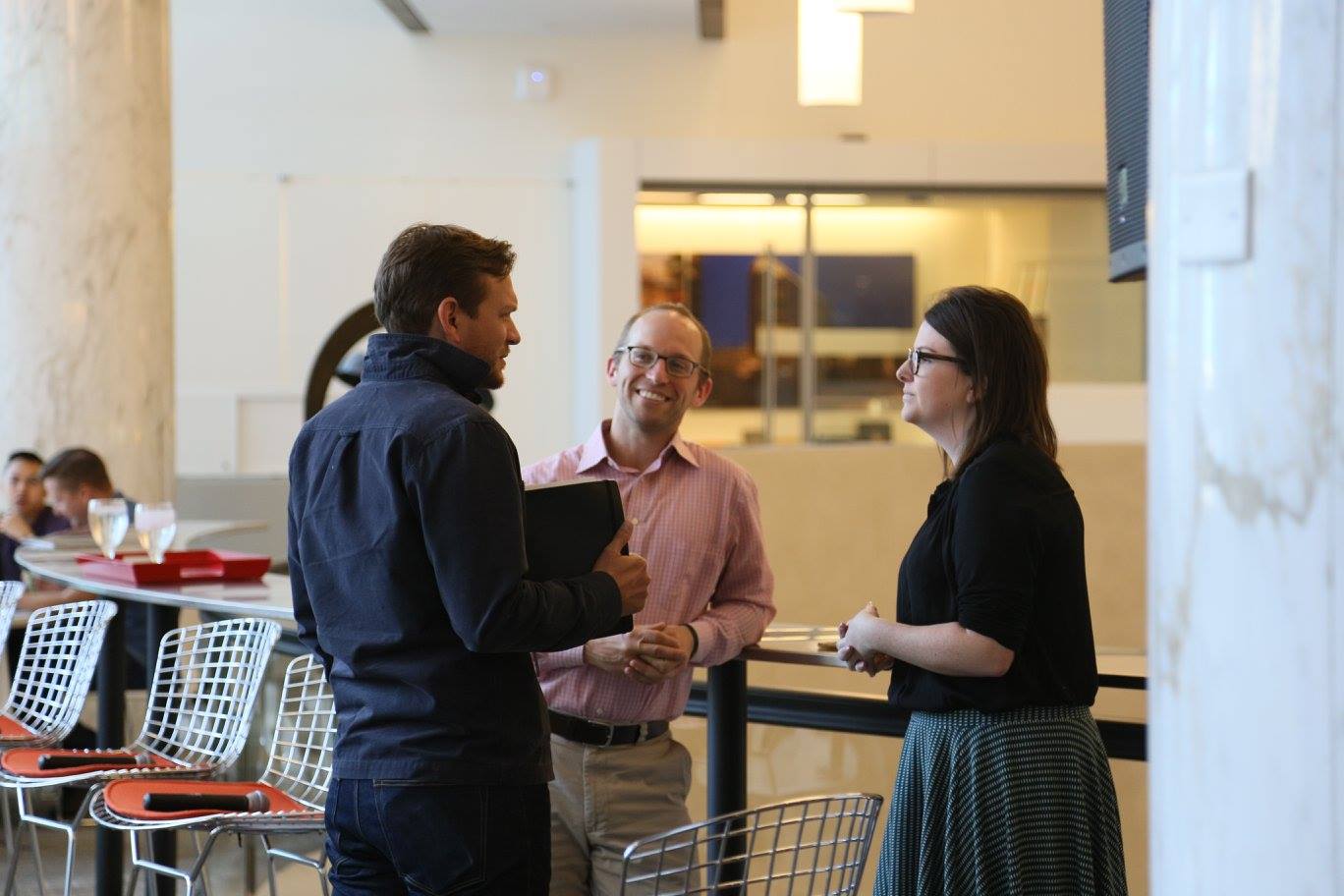
Sustainability will continuously be a key influencer in the future workplaces. It has grown to become a large factor in designing today’s work environments and can immensely impact the physical nature and comfort of a space for employees through technology advances. This can be achieved through smart system integration to help manage and collect data related to the office’s sustainable performance through air flow, energy usage, and water consumption and more which will in turn improve comfort and operational efficiency leading to an increase in cost savings of up to 15%.
#6. Wellness through Technology
As employees are the heart of companies, wellness is vital. Technological enhancements in a work environment can ensure that the health and wellbeing of employees are continuously supported on a daily basis. This can be supported through automated systems that; adjust HVAC filtration and air flow levels based on occupancy; sensors that measure temperature, humidity, CO2, VOC, and sound levels; indoor lighting systems that mimic natural light to regulate circadian rhythms; regular notifications to remind employees to stand up and stretch; dashboard notifications to notify when spaces or desks have been cleaned and a change mode on occupancy sensors/wall switches in enclosed spaces to avoid frequency of touch.
The Bottom Lines
With the right strategies that optimize not only client’s clients’ experience but also internal operation, CallisonRTKL has been making continuous improvements in supplying services to market. By combining strengths, CallisonRTKL now has a dominant place in the commercial and retail markets and ranks as the number one retail design firm globally.


